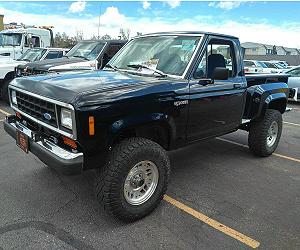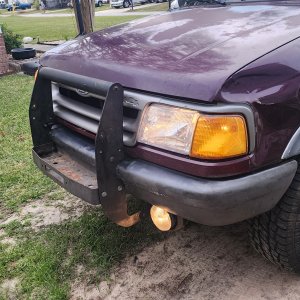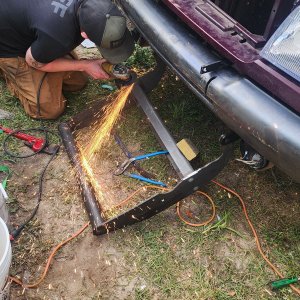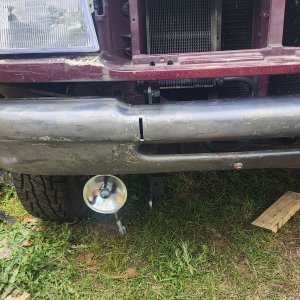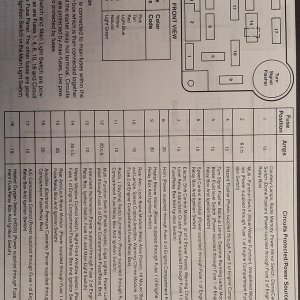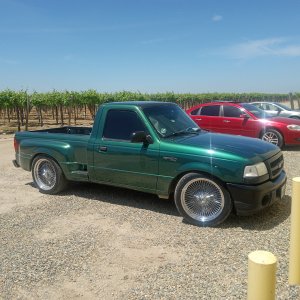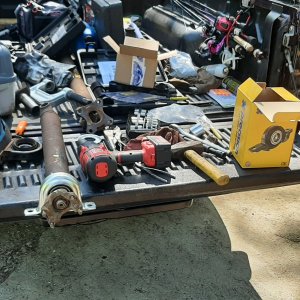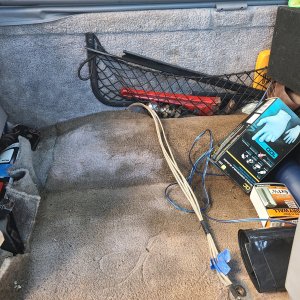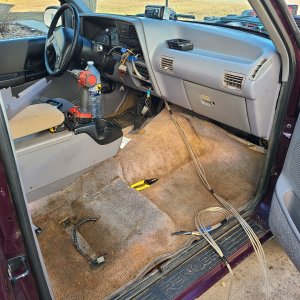sgtsandman
Aircraft Fuel Tank Diver
TRS Forum Moderator
U.S. Military - Active
TRS 20th Anniversary
TRS Event Participant
Ham Radio Operator
GMRS Radio License
- Joined
- Mar 11, 2017
- Messages
- 12,853
- Reaction score
- 12,641
- Points
- 113
- Location
- Aliquippa, PA
- Vehicle Year
- 2011/2019
- Make / Model
- Ranger XLT/FX4
- Engine Size
- 4.0 SOHC/2.3 Ecoboost
- 2WD / 4WD
- 4WD
- Total Lift
- Pre-2008 lift/Stock
- Tire Size
- 31X10.5R15/265/65R17
Wrong brand of vehicle but the concept is the same. Note the part he mentions about the warranty at the beginning.
One thing I was taught for systems that don't have the warranty claim is to install the line from the transmission to the auxiliary cooler input and then the auxiliary cooler output hose goes to the factory cooler input in the radiator. Then the hose from the factory output goes to the transmission.
Reason being is that the newer, computer controlled transmission are temperature sensitive. If the transmission fluid is too cool, it could cause the computer to think the vehicle is in warm up mode and enrich the fuel to the engine. This can cause poor fuel mileage as well as issues with DTC codes and emissions system failures. Running the cooled transmission fluid through the factory cooler will allow the fluid to warm back up and prevent this. Newer automatic transmissions have a temperature sensor in them, thus the potential issue.
Another option is to install a thermostat in the transmission cooling system that will prevent too cool of a fluid going through the transmission but you may need to install a bypass to prevent starvation issues to the transmission, adding to the complexity and cost. It depends on the transmission and how it is setup.
One thing I was taught for systems that don't have the warranty claim is to install the line from the transmission to the auxiliary cooler input and then the auxiliary cooler output hose goes to the factory cooler input in the radiator. Then the hose from the factory output goes to the transmission.
Reason being is that the newer, computer controlled transmission are temperature sensitive. If the transmission fluid is too cool, it could cause the computer to think the vehicle is in warm up mode and enrich the fuel to the engine. This can cause poor fuel mileage as well as issues with DTC codes and emissions system failures. Running the cooled transmission fluid through the factory cooler will allow the fluid to warm back up and prevent this. Newer automatic transmissions have a temperature sensor in them, thus the potential issue.
Another option is to install a thermostat in the transmission cooling system that will prevent too cool of a fluid going through the transmission but you may need to install a bypass to prevent starvation issues to the transmission, adding to the complexity and cost. It depends on the transmission and how it is setup.

